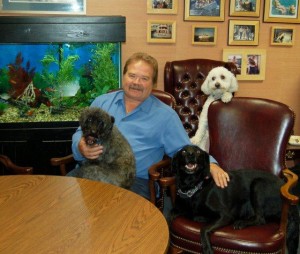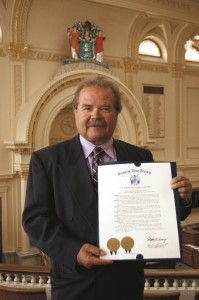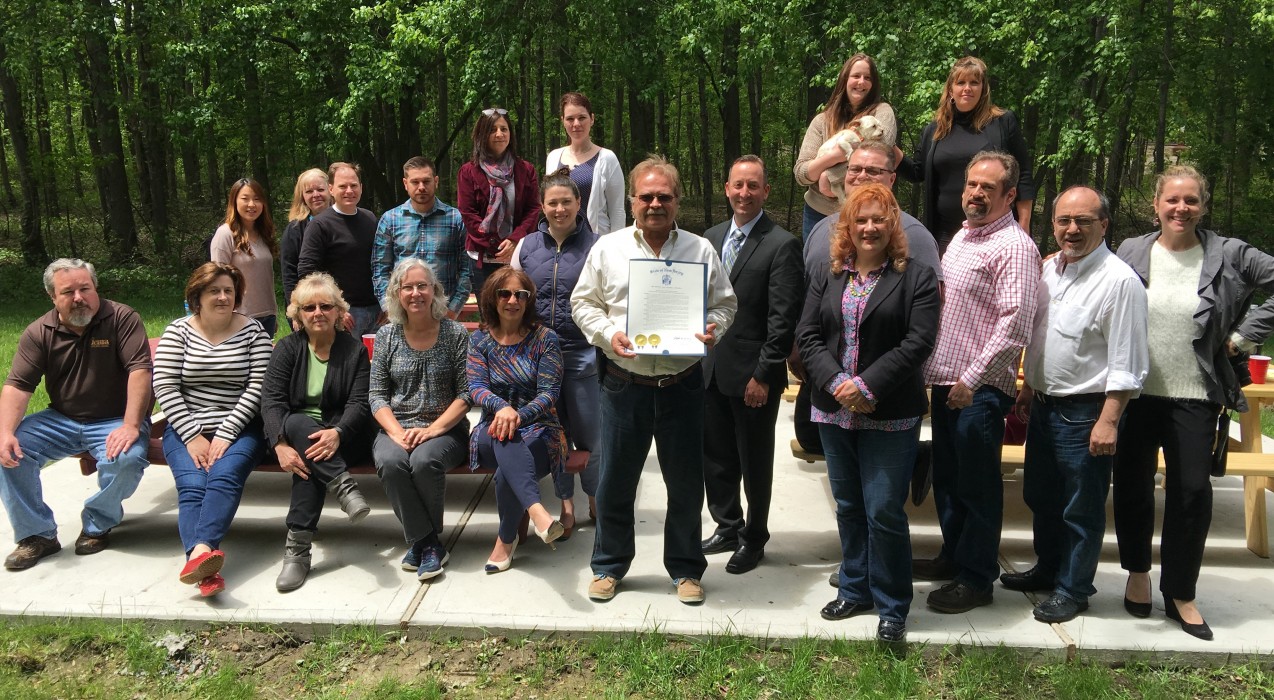Everyone wants as many clients as possible. Serving each client to the best of our ability in a timely manner is our top priority at all times.
But not all clients are created equal. Some have a higher return on investment because they require less work, and some require more attention and maintenance than originally anticipated.
To achieve more cost efficiency as business owners, we need to assess our businesses, take inventory of clients and “fire” the ones who don’t bring value to the bottom line. The first step is to have a consistent metric to evaluate each customer. At my company, I look for several things:
Does the client share my Core Values? Every employee at CMA is expected to work according to a set of core values, and we expect some of the same things from our clients, such as teamwork and professionalism. These values are the foundation of a great working relationship and let everyone know what is expected of them. If everyone is not on the same page in terms of the basics of working together, the uncertainty can manifest itself into poor performance, confusion and a difficult relationship.
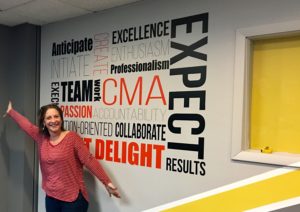
At CMA, our Core Values are on display for everyone to see.
Are they allowing me to do the job I was hired to do? After core values, this is the first thing I assess. They hired us to do a job for them. Is the client listening to our recommendations and expertise? Do they question every move? Questions and revision requests from clients are normal, but when excessive it could signal they don’t have a firm direction set in their mind or they are doubting themselves.
How does the client treat my staff? Reviewing how the client treats your staff members is important because it answers whether the client is easy to work with or are they constantly asking their account executive to jump through hoops?
While it’s okay to ask for an occasional jump (we all understand there are unexpected, urgent matters that can arise) it should be outside the normal course of business, not an all-the-time occurrence. This not only taxes your employees, but it gives the client the perception that this is an acceptable course of action and it can also delay other client work.
I think about how long it took to negotiate the contract. There is a big difference between a tough negotiation and a difficult client.
For me, the sales process is a big indicator of how the contract will be executed. From the time they expressed interest in our services to the time we can count them in the “win” column, what did the process look like? Was the client easy to reach? Were they responsive? Was there a rapport or chemistry?
A long, drawn out negotiation process with lots of bumps in the road rarely makes a good roadmap for the rest of our time together. After a trying negotiation, some clients have proved me wrong, but a few have taxed our resources.
I review the agreed upon scope of service. When account executives have to spend excessive amounts of time with one client, that client is less profitable.
Think about it—imagine you have two identical contracts for $50,000. If one takes 100 hours to execute and the other takes 500 hours to execute, which one is making you more money?
A sale is not worth anything if the profit margin is being eaten up by a taxing client.
When thinking about your clients, examine why one contract is taking 100 hours and the other is taking 500. Is the account executive not connecting with the client? Are they not communicating well? Or is the client unsure of exactly what they want?
We have all had the client who gets buyer’s remorse and wants to go back and change the scope of services after the contract has been executed. Depending upon the circumstance, this should be a red flag that the fit might not be right. If there is an out, it might be time to take it.
I don’t even give them the chance to be fired. There are times, after an arduous negotiation process, we have walked away from a potential client because we felt they would not be a good fit for our company. While a large contract is very tempting, its potential drain on resources is not, especially if it does not match up to your core values.
I cut ties when the checks stop coming in. When working with someone under contract, it’s very tempting to let them slide on a few invoices, but this is detrimental to your bottom line. You have employees doing work and they need to be paid. If a client isn’t paying you for that employee’s time, who is going to pay that employee on Friday? You.
Making the decision to cut ties with a client is never an easy one, but sometimes it’s necessary to keep your business moving forward. A careful review and discussion with your staff will allow you to make the best possible decision.
Jeffrey Barnhart is founder and CEO of Creative Marketing Alliance (CMA) a full-service, award-winning strategic marketing and integrated communications firm that builds reputation, relationships and return on investment. He can be reached at jbarnhart@cmasolutions.com.






 My company,
My company, 
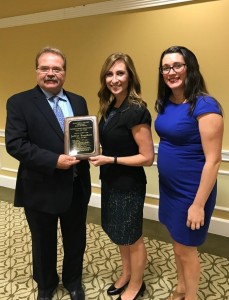

 Shortly after founding CMA in 1987, he was instrumental in working with the Environmental Protection Agency (EPA) to develop and initiate the Green Lights program to encourage U.S. corporations to install energy-efficient lighting technologies. This was the first program that advocated using new lighting technologies to reduce electricity demand—the precursor to the current Energy Star program.
Shortly after founding CMA in 1987, he was instrumental in working with the Environmental Protection Agency (EPA) to develop and initiate the Green Lights program to encourage U.S. corporations to install energy-efficient lighting technologies. This was the first program that advocated using new lighting technologies to reduce electricity demand—the precursor to the current Energy Star program.





